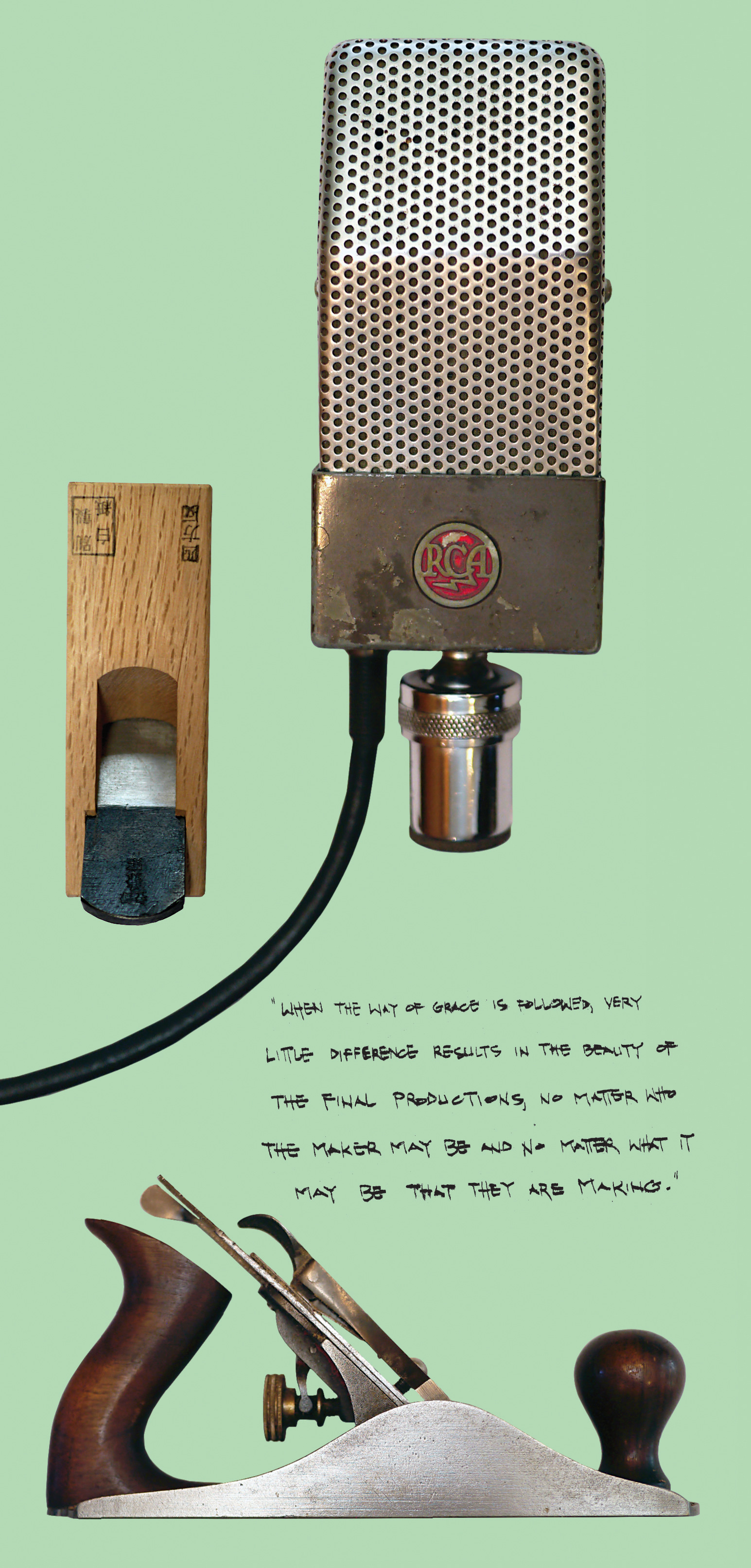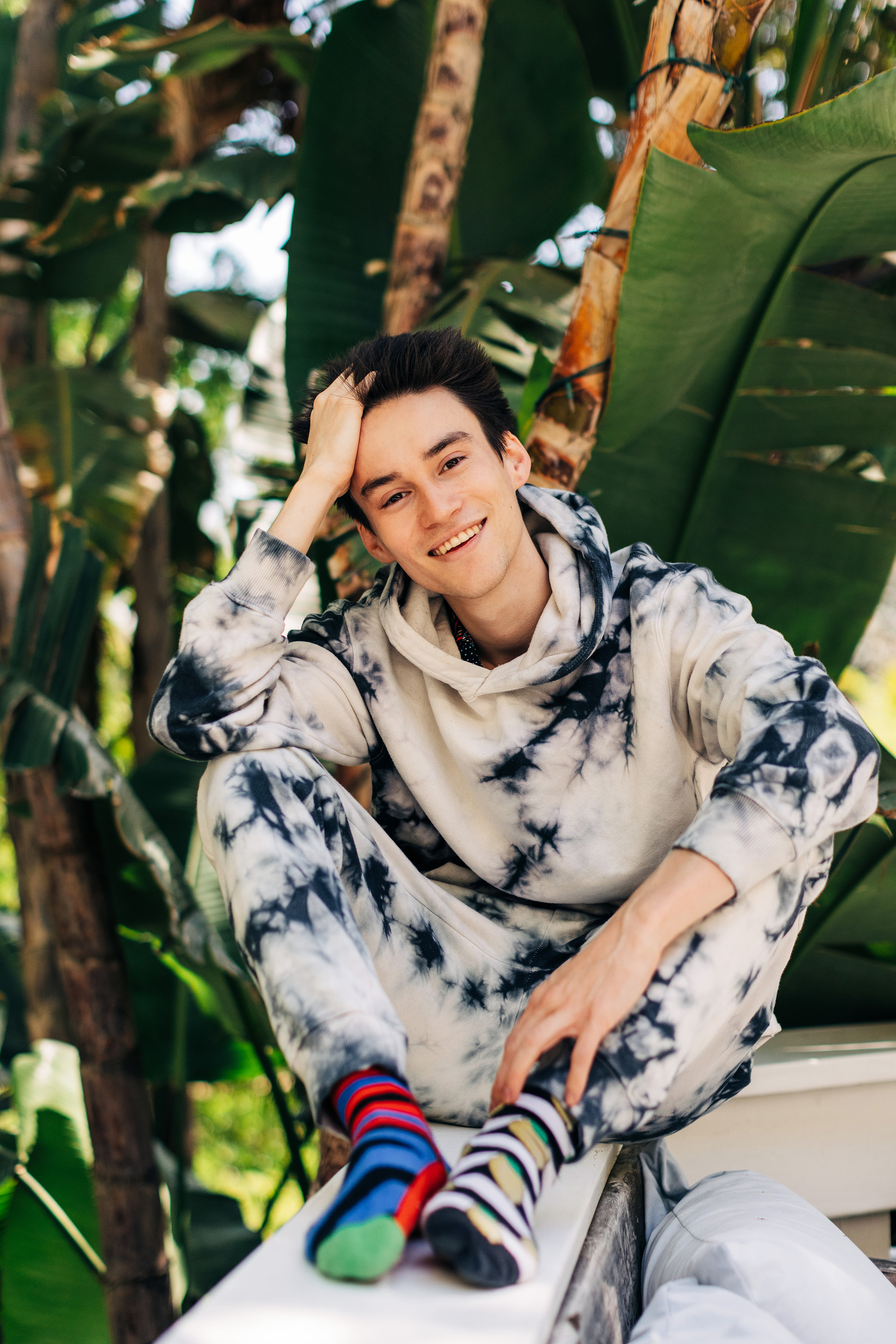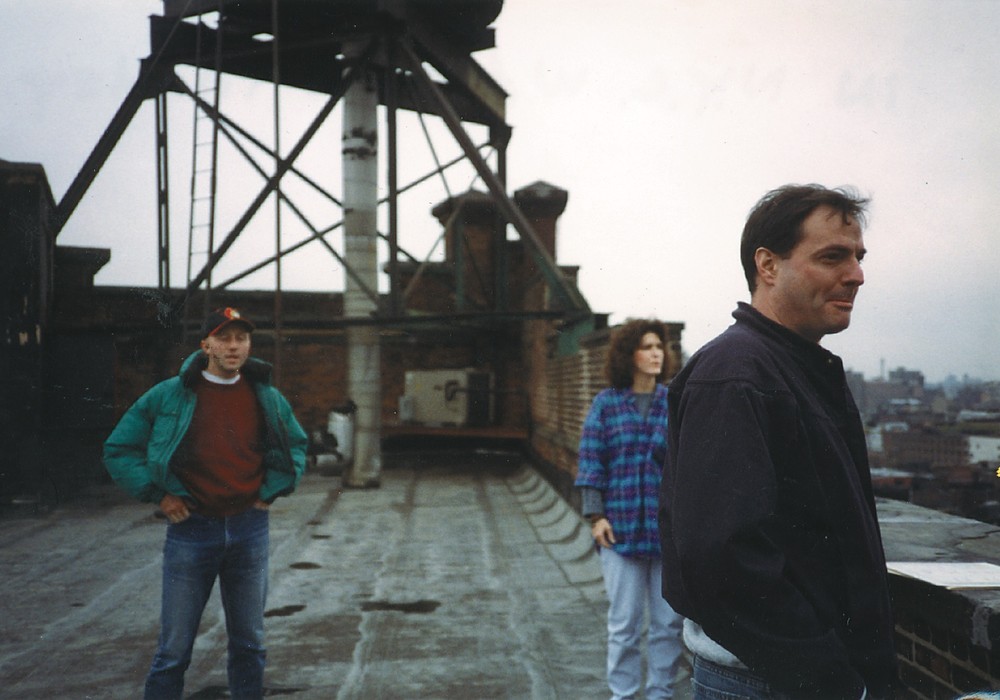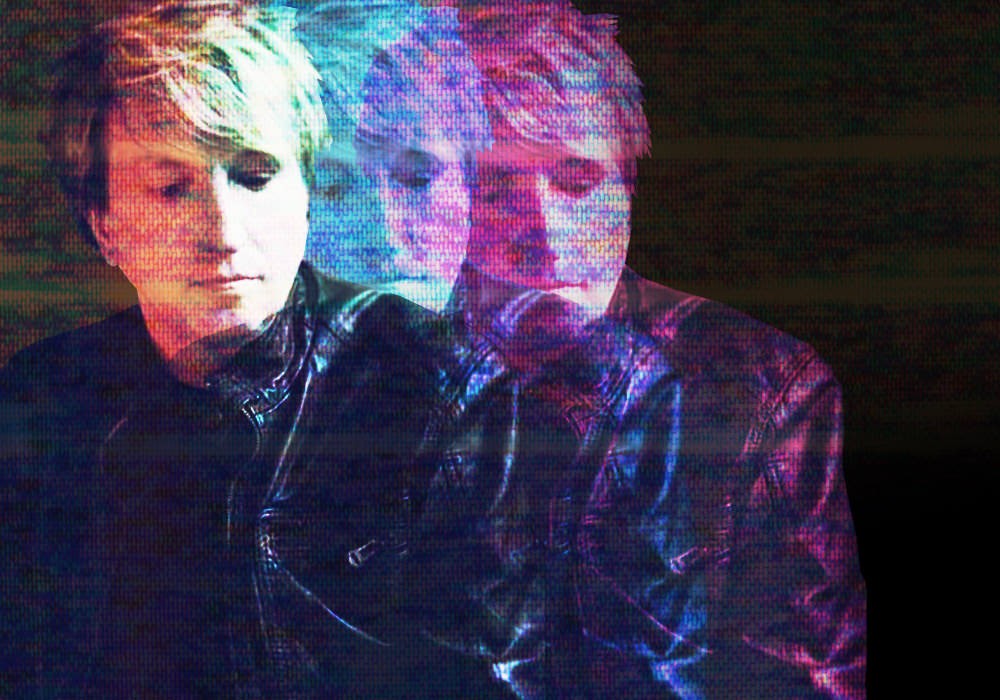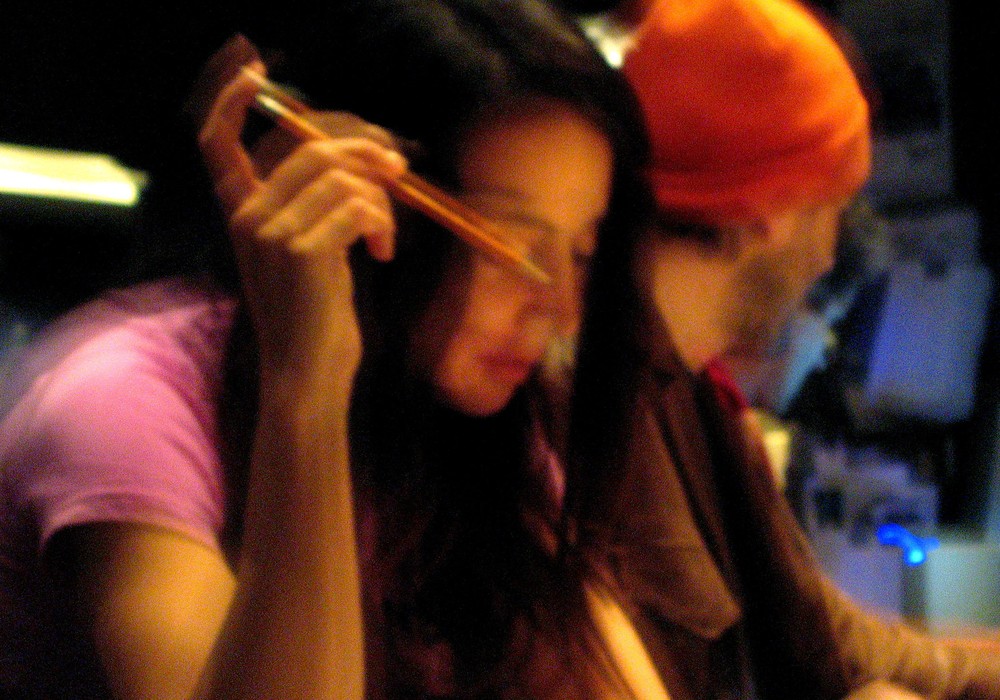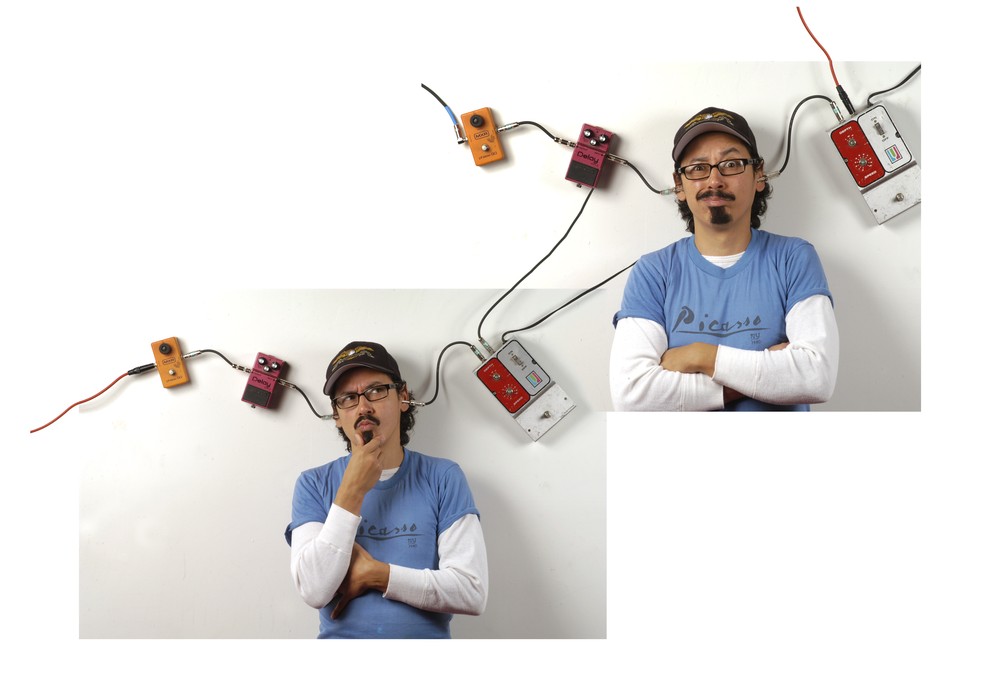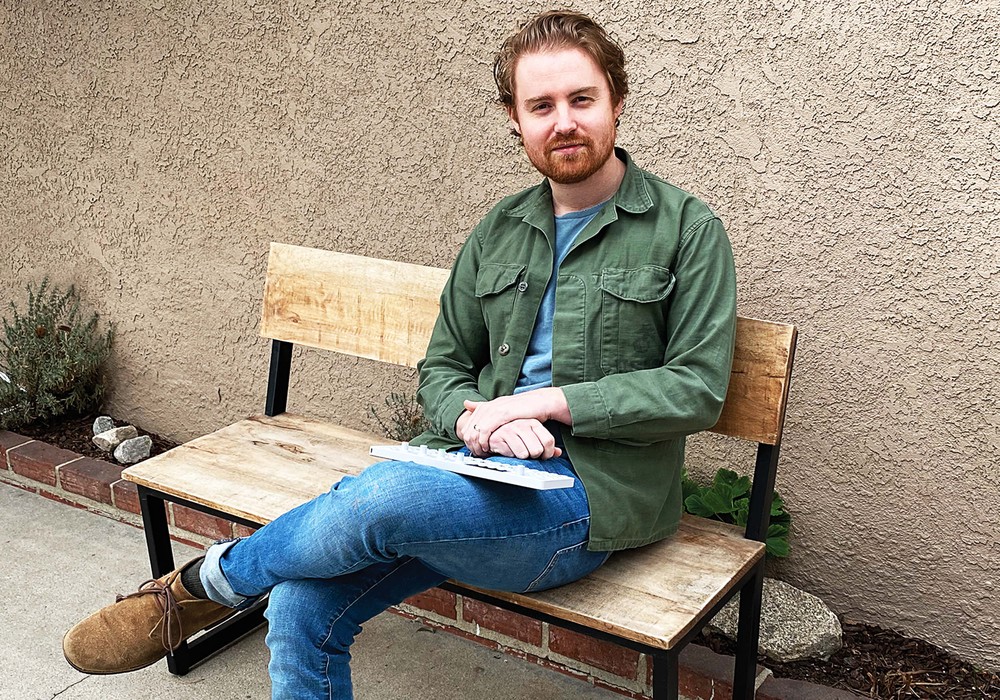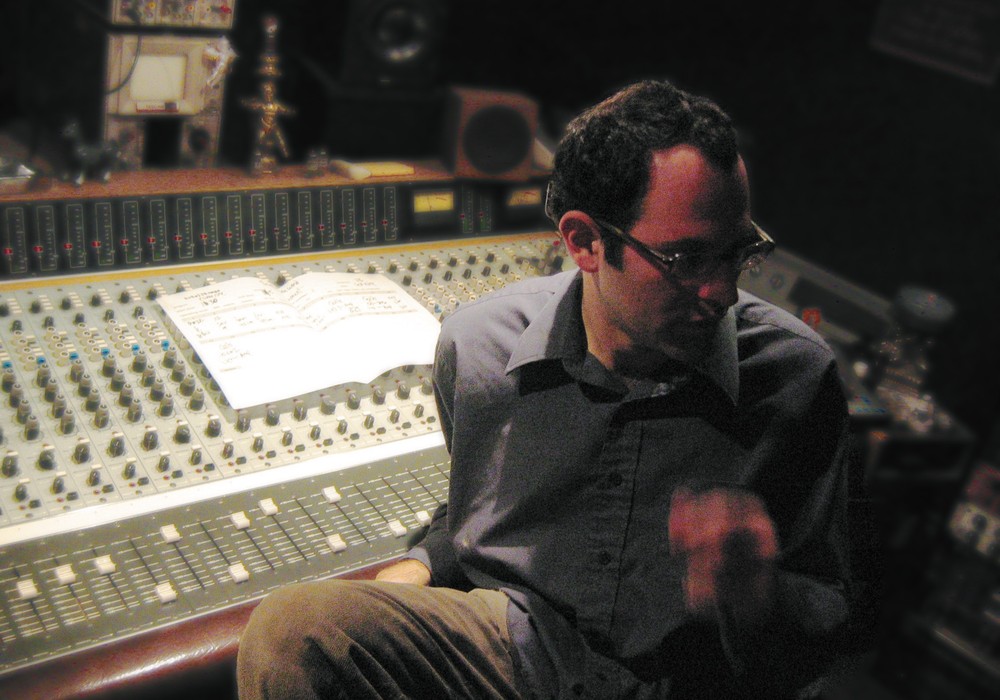I first heard of Jacob Collier when I watched his arrangement and multitracked solo performance of Stevie Wonder's "Don't You Worry 'Bout a Thing" on YouTube almost a decade ago. Jacob's creativity captured my attention so completely that I immediately shared his video with my friends, as countless others did. The young teen, working alone in his family's home, was clearly achieving a level of musical skill and vivacity far beyond his age. A couple years later, I learned that Jacob was collaborating with Ben Bloomberg, a PhD student at the MIT Media Lab [in the same research group from which I graduated]. I subsequently watched Jacob's TED Talk, and I was equally impressed that he was able to articulate so well his unique approach and inspirations to music-making. Jacob has five Grammys to his name, and, more importantly, he has earned the respect of many of the best musicians in the world.
Your arrangement of "Don't You Worry 'Bout A Thing" – it's a very well-produced video, both sound and picture-wise. In the description, you say it was recorded with a single Shure SM58, but obviously there's a lot more going on than just that single mic. Can you tell me about the gear and software you had in place when you created that video?
Absolutely. I spent my teenage years learning how to layer tracks on top of other tracks and create these mosaics of both audio and video. At that time, I hadn't really created a video that involved multiple instruments at one time. I'd done some of just faces, but the challenge that I wanted to crack was, “How do I create this kind of opus to all the things that I understand, in terms of technology?” All the audio was indeed this SM58 – it's a very beloved microphone to me. And all the video was done on my sister's iPad 2, which was a rather rudimentary iPad, but it was perfectly capable of doing what I needed it to do. I used the selfie camera to do the faces, which was up in the loft where I have a row of white cupboards. If I put my head between two cupboards, the crack between two cupboard doors was not perceptible. It felt like I was in a studio, but I was actually next to a cupboard. I edited all of the video together using, at that time, Final Cut Express, which was a copy of the software that I'd received from school. It was given to me by a teacher who was aware of the fact that I wanted to learn video editing but didn't have any tools to do so. I had iMovie, which I was using before that, but iMovie was tricky when it came to multiple faces. I had to render the entire video out, then put it back in, then put the video in place, and render out. Each element would be locked in as I went, which was quite a difficult process. What I found myself leaning towards was this Final Cut Express. To render a four-minute video took the whole night, so I would leave my laptop open on my desk. It would be churning away; I'd wake up and hope that everything was in the right position. Normally it wasn't, so I'd have to go in to recombine the elements. But that was all the gear that I used. Other than that, I used instruments from the room that you see here. This is the room that I grew up in as a child, and I've spent many, many hours, days, weeks, months, and years in here creating. From this double bass, to piano, to lots of voices, little bits of percussion – little trinkets which are all over the room. I combined them in all sorts of ways and created this kind of samba track. There were also some guitars as well. The challenge with something like that is: How do we create something that feels like we can experience it on many levels, which sometimes is what technology enables the best. You can just listen to it and enjoy it, or you zoom in and listen to the intricate details. Being able to look at the details – for me, it felt like a natural way of expanding the process. I edited all of the videos on a little MacBook Pro 2013, which was quite chunky but great. I still have the laptop. All of the audio was produced on a desktop Mac that lived in this corner of the room. That was using Logic 6, I believe. It was a rather old school, very greyed out version of Logic; before it became more similar to GarageBand, and the colors got darker, and all of the controls merged. That was essentially the system I used. The audio was recorded into a little TASCAM interface, which is the interface I used for the whole of my teens – a blue and silver TASCAM with two inputs. My speakers were Edirol speakers. I don't know the exact model, but they were those...
